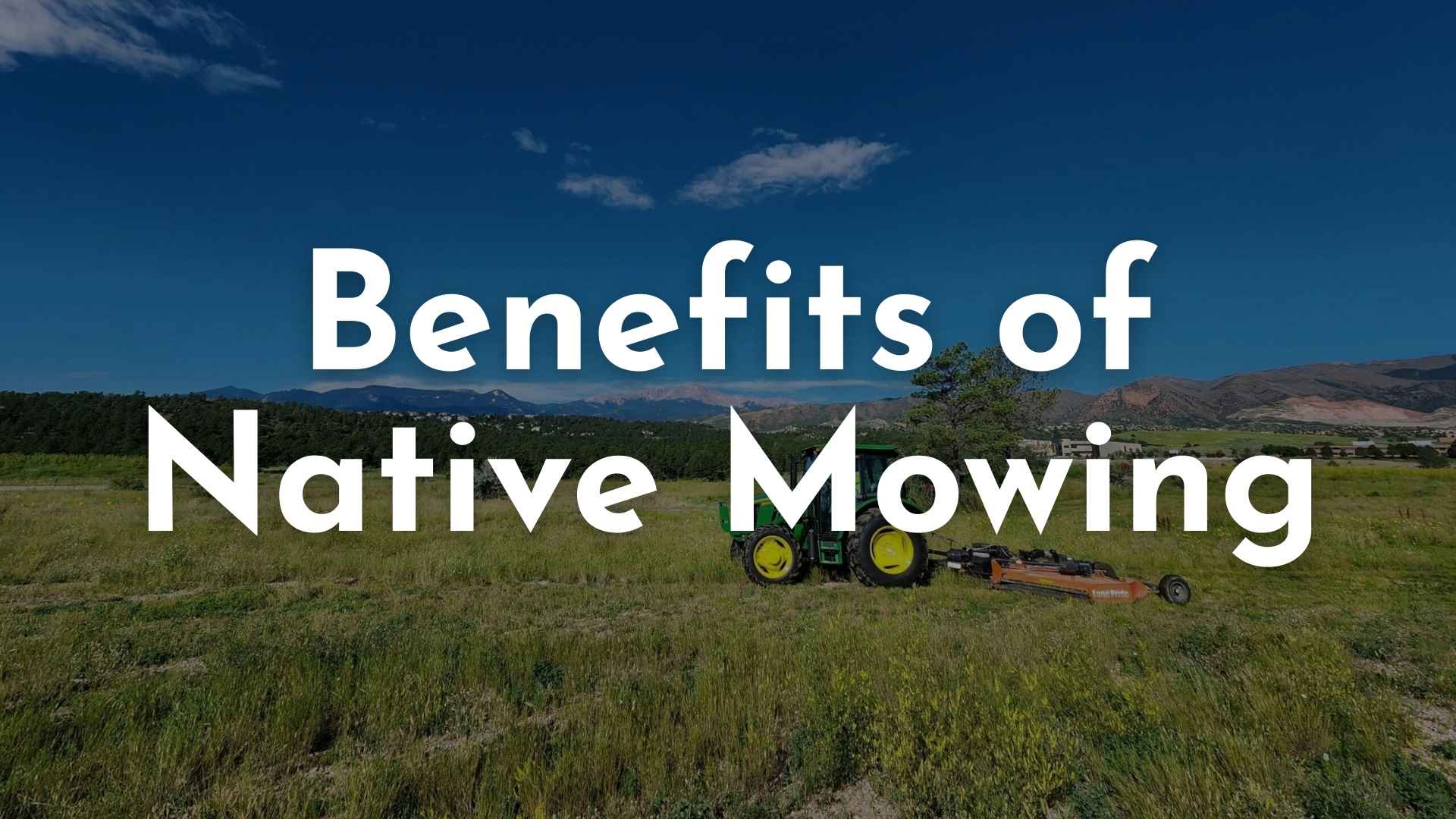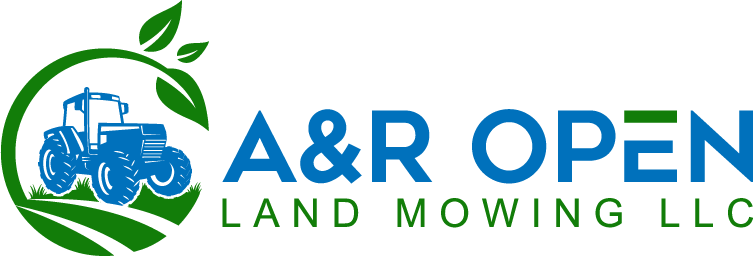
Benefits of Native Mowing
If you live in the Coloradan plains and grasslands, or if you have any property with substantial native grasses, you might wonder whether it's worthwhile to field mow that native vegetation as you do with your regular yard grass. In fact, there are plenty of benefits to native mowing -- let's break each of them down below.
Mowing Native Grasses Removes Noxious Weeds
The most important benefit of mowing native grass is that you get rid of weeds that would otherwise overwhelm your property and spread without pause. This is important to consider whether or not you plan on landscaping -- no one wants a yard full of regular weeds that choke the life from nicer grasses or wildflowers.
It doesn't take long for weeds to move into any open terrain they can reach. The winds and wild animals of Colorado's wilderness will spread the seeds of various weed species in a matter of weeks, and the weeds can take root and start to spread in a similar timeframe.
Unfortunately, Colorado has lots of noxious weed species. Here's just a small sample:
- Cypress spurge
- Giant reed
- Knotweeds
- Mediterranean safe
- Myrtle spurge
- Orange hawkweed
So why mow? Mowing cuts the weeds down to size and prevents them from spreading as aggressively. If you mow during the first year of your landscaping projects, you'll also reduce their ability to spread in the following year. The target height is 16 inches -- don't let weeds get higher than this or you might have difficulties later. Furthermore, cutting your weeds after they get too high can create a layer of mulched or cut vegetation that makes it hard for younger prairie grass seedlings to sprout.
You should expect to mow your native grasses between two and three times per year if you want a long-lasting effect on your property or local prairie environment.
It Also Stops Native Grasses from Overwhelming Your Yard in General
This is an ancillary but similar benefit -- many people have wild or native grasses that surround a more orderly yard that might feature green grass, flower pots, trees, and the like. But native grasses can quickly swarm your yard in a matter of months or even a couple years if you aren't careful.
If you mow your native grasses every year, you'll make it much more difficult for weeds to get a hold of your property, and create a manageable land maintenance cycle that you can use to your benefit. This is important for future landscaping projects -- it's a lot easier to plant trees, flowerbeds, or otherwise alter your environment if you don't have to fight through armies of weeds first.
Don't let weeds overwhelm your property and force you to start from scratch. Mow!
Native Mowing Can Also Stop Tree or Shrub Invasion
Alongside weeds, native trees and other shrubs can also invade your property and make it more difficult to complete landscaping projects. In Colorado, Native Americans actually used to burn the native fields to make travel a little easier and to prevent trees and vines from becoming overwhelming, making it more difficult for them to hunt or track their bison prey.
You probably won't be doing that, but you should still stop trees and shrubs from invading your property willy-nilly. Good landscaping is about control and measured planting and tapering. If you regularly mow, saplings and baby shrubs will also be cut back and create a good underlayer that makes it easier for better grasses to take hold.
Native Mowing Mitigates Fire Threats
This benefit is pretty obvious and it's something that California could do a little better about (sorry, Californians!). Mowing your native grasses and weeds makes fire threats a lot less dangerous, and make no mistake -- a sudden fire from an electrical malfunction or a lightning strike can cause havoc for hundreds of miles around.
If you live in a relatively isolated rural area, like many other Coloradans, a fire can be devastating and almost impossible to stop once it gets going. Firefighters may not be able to get your property in time to create a zone of security for your home.
Be proactive and mow your native prairie grasslands ahead of time. By mowing, you effectively cut down on the amount of fuel that a potential wildfire has to burn through. It'll still burn, to be sure, but mowing regularly means that the fire will get through that fuel faster and won't have enough energy to reach your property.
You can even do this strategically by mowing a zone of cut grass around your home even lower than you do everywhere else. If done correctly, you can literally create a safe barrier of terrain without any fuel for a fire, negating the possibility that it will reach your home and burn everything away.
If your home is surrounded by native wild grasses, it's often a better idea to mow yourself then to wait for government initiatives to do it for you.
Depending on the Terrain... It May Just Look Better!
This last benefit of native mowing your field is a bit subjective, but it's worthy of inclusion -- you might just feel that mowed grasses around your property look a lot better than running wild! As landscapers, we get this idea: trust us. After all, why bother buying a ton of property if you don't take steps to shape it into a desirable image?
Mowing your native grasses regularly will give you more control over your local environment and make your property look like it's maintained, which reflects well on you as well. You probably know the difference subconsciously without even thinking about it. You've likely driven by some properties where no one ever mows and can immediately tell.
Conclusion
As you can see, there are tons of benefits for native mowing. Mowing the native weeds and grasses around your property will go a long way toward making future landscaping projects a lot easier to complete. It'll also secure your property from various threats, like weeds overrunning your other grasses or wildfires wreaking havoc.
Do yourself a favor and create a good mowing routine. It doesn't have to be that frequent -- mowing a few times a year is usually enough -- but it provides excellent advantages that compound upon one another year after year.






